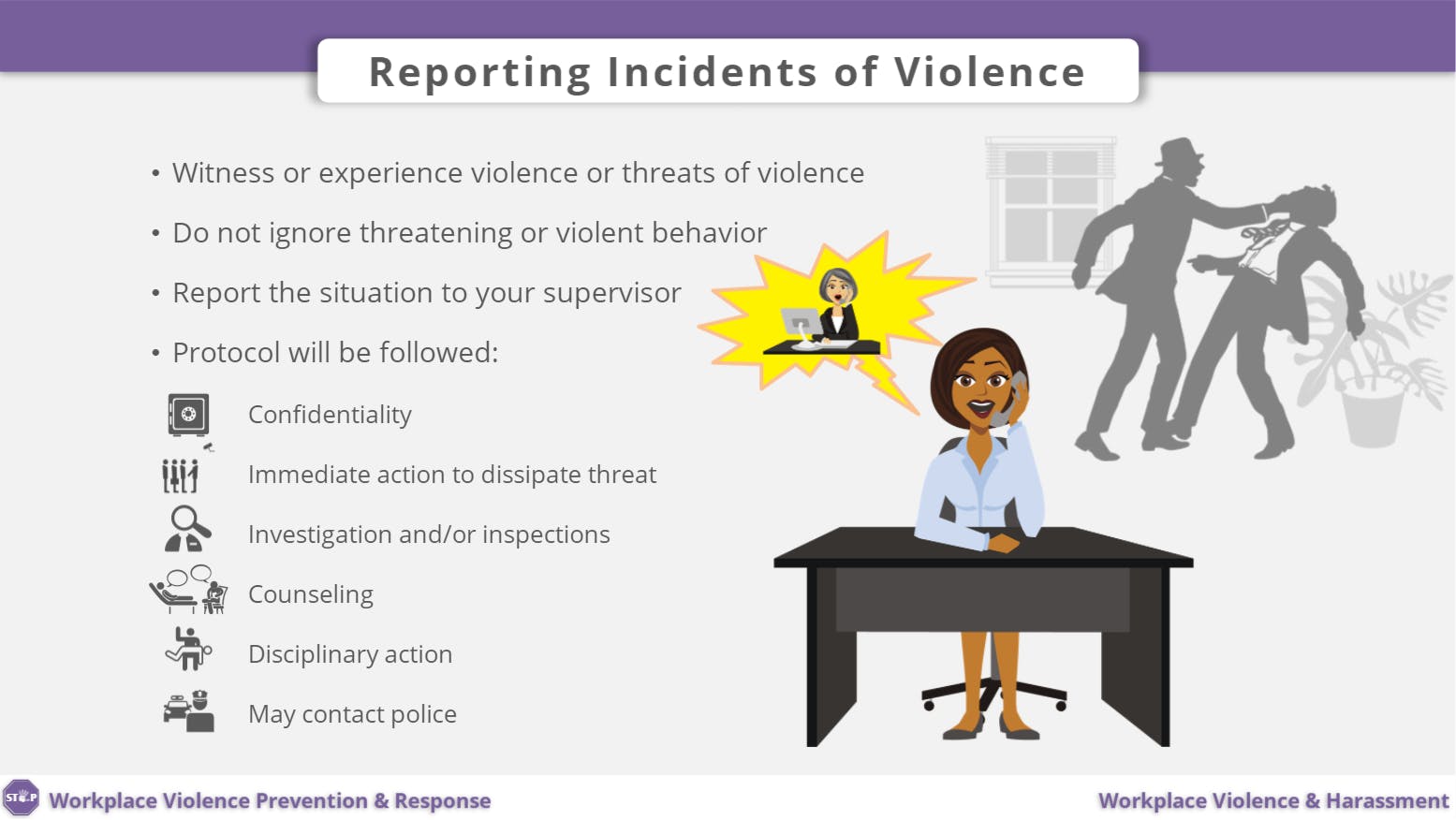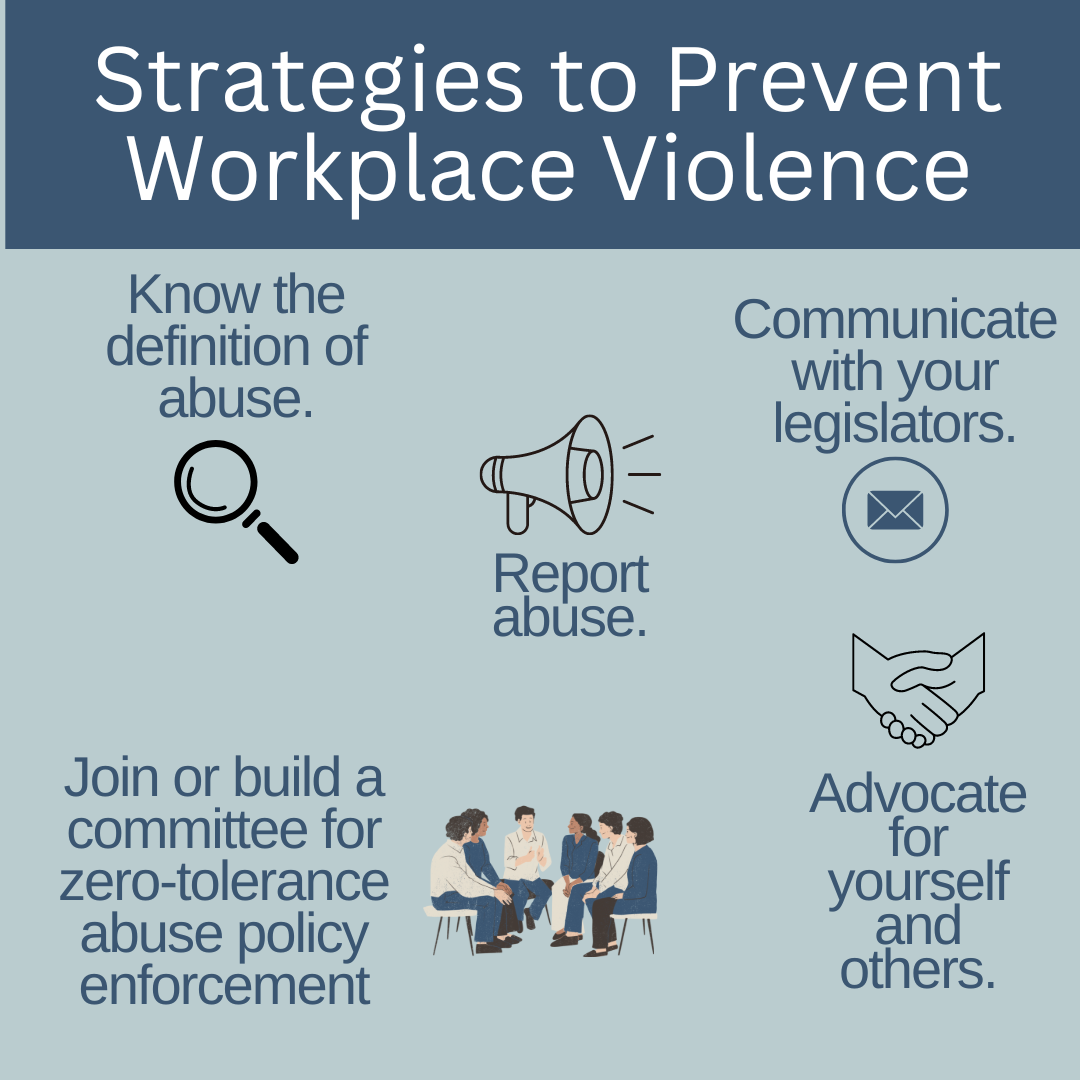Evaluating the Effect of Workplace Culture on the Success of Violence Prevention Initiatives and Employee Well-Being
The crossway of workplace culture, physical violence avoidance efforts, and employee wellness warrants cautious assessment, as these elements collectively influence organizational success. A society that focuses on open interaction and mental safety can encourage workers to identify and report possible dangers, thus fostering an atmosphere helpful to both psychological health and efficient violence avoidance approaches. The subtleties of just how these factors connect stay complicated and multifaceted. Recognizing the details systems at play can reveal critical insights that might educate future initiatives and drive meaningful modification within organizations. What hidden dynamics may be affecting these results?
Understanding Office Society
Often, workplace culture functions as the foundation for worker interactions and overall organizational habits. It incorporates the shared values, beliefs, and methods that shape the atmosphere in which workers run. A favorable work environment society promotes partnership, regard, and open communication, while an adverse culture may breed stress, suspect, and hostility. Comprehending workplace society is crucial for organizations intending to apply effective physical violence prevention methods.

Organizations have to analyze their current workplace society to determine locations for improvement. This assessment can involve studies, emphasis teams, or individually discussions. By acknowledging the cultural dynamics at play, companies can carry out targeted interventions that promote a safer and a lot more considerate work environment, inevitably reducing the danger of violence in the office.
Duty of Worker Wellness
A positive workplace society not only affects organizational actions however also dramatically influences employee well-being. When employees really feel valued and valued, their overall job contentment rises, resulting in enhanced psychological and emotional health and wellness. This, consequently, fosters a feeling of belonging and loyalty, which is necessary for long-term engagement and efficiency.
Moreover, a helpful social setting promotes open interaction, enabling staff members to seek and share problems help without worry of stigma. This openness is important in resolving problems connected to stress and anxiety, fatigue, and interpersonal conflicts, which can adversely influence both private health and organizational consistency.
Additionally, organizations that focus on employee well-being frequently see decreased absence and turn over prices. Healthy and balanced workers are much more durable and better equipped to deal with workplace difficulties, adding to a much more efficient and secure labor force.
Buying staff member wellness via efforts such as health cares, mental wellness sources, and versatile working setups can produce a positive feedback loophole, boosting both specific gratification and cumulative business success (california workplace violence prevention). Inevitably, prioritizing worker well-being is not simply a moral imperative; it is a strategic method that benefits the entire company
Violence Avoidance Strategies
Implementing effective physical violence prevention techniques is crucial for preserving a risk-free and healthy and balanced office setting. Organizations has to embrace an extensive approach that includes plan development, staff member training, and positive interaction. Establishing clear work environment violence policies is the first step, guaranteeing that all staff members understand appropriate habits and the consequences of infractions.
Educating programs need to be created to educate employees regarding recognizing caution indications of prospective physical violence, problem resolution strategies, and emergency situation click feedback procedures. Routine drills and simulations can enhance preparedness, promoting a society of awareness and responsibility.
Additionally, cultivating open communication channels encourages staff members to report issues without worry of revenge. This can be promoted via anonymous coverage systems or routine responses sessions. Furthermore, advertising a supportive work environment society that values respect and inclusivity can substantially alleviate the threat of physical violence.
Organizations should additionally participate in normal analyses of their workplace society and violence prevention methods, adapting them to advancing needs. By prioritizing these techniques, companies not only safeguard their staff members yet additionally improve total wellness, eventually adding to a more productive job atmosphere.
Measuring Cultural Influence
Measuring the influence of workplace society on physical violence prevention initiatives is important for comprehending the effectiveness of existing approaches and recognizing locations for enhancement - california see here workplace violence prevention. To accomplish this, companies need to utilize a multifaceted technique that integrates qualitative and quantitative approaches. Assessments and studies can collect information on worker perceptions of work environment safety, inclusivity, and support systems, while event records offer concrete proof of physical violence incidents and their context within the organizational society
Furthermore, emphasis groups and meetings can reveal much deeper understandings right into employees' beliefs, experiences, and perspectives bordering physical violence avoidance initiatives. Examining this qualitative data helps organizations to determine cultural toughness and weak points that may either facilitate or hinder effective avoidance strategies. In addition, benchmarking versus industry criteria enables relative evaluation, helping organizations assess their performance about peers.

Creating Supportive Atmospheres
Frequently cultivating a supportive environment within the workplace is vital for efficient violence prevention. Such settings equip workers to communicate honestly regarding their worries and experiences, thereby recognizing prospective issues prior to they rise. A society of support boosts trust fund among staff member, urging collaboration and aggressive analytical.
To create an encouraging environment, organizations need to prioritize training programs that concentrate on problem resolution, emotional knowledge, and energetic listening. These skills equip staff members to manage social relationships constructively, reducing the likelihood of misconceptions that might bring about physical violence - california workplace violence prevention. Furthermore, implementing mentorship programs can offer workers with assistance and reassurance, adding to their click to investigate total well-being
Leadership plays a critical function in shaping an encouraging workplace culture. By modeling understanding behavior and demonstrating a dedication to staff member welfare, leaders set a tone that urges others to do the same. Regular comments systems, such as confidential studies, can additionally aid assess staff member sentiment and emphasize locations for improvement.
Inevitably, an encouraging setting not only alleviates the threat of physical violence yet likewise enhances staff member spirits, task complete satisfaction, and performance, strengthening the organization's commitment to promoting a risk-free and flourishing workplace.
Conclusion
A positive office culture substantially affects both physical violence prevention initiatives and staff member wellness. By promoting open interaction and urging the coverage of problems, organizations can enhance psychological health and task satisfaction amongst workers. Additionally, a supportive society strengthens the performance of physical violence avoidance techniques by advertising the timely acknowledgment and addressing of indication. Inevitably, cultivating such an environment functions as a crucial structure for effective interventions and adds to the general success of the company.
The junction of workplace culture, physical violence prevention initiatives, and employee well-being warrants careful assessment, as these aspects collectively affect business success. A culture that prioritizes open interaction and emotional security can empower employees to identify and report potential dangers, thus cultivating an atmosphere conducive to both psychological health and efficient violence avoidance methods.A favorable office culture not just affects business habits yet likewise substantially effects employee wellness. Surveys and evaluations can collect data on worker perceptions of workplace security, assistance, and inclusivity systems, while occurrence reports give concrete proof of physical violence occurrences and their context within the business society.
A positive office culture considerably affects both physical violence prevention efforts and worker health.
Comments on “Leading Approaches for Implementing Reliable California Workplace Violence Prevention Actions”